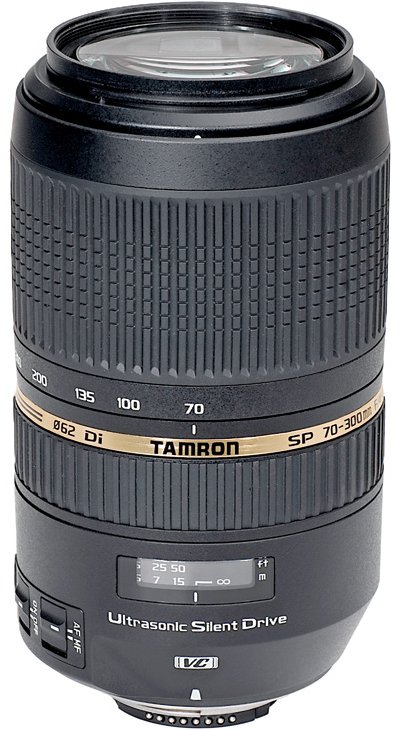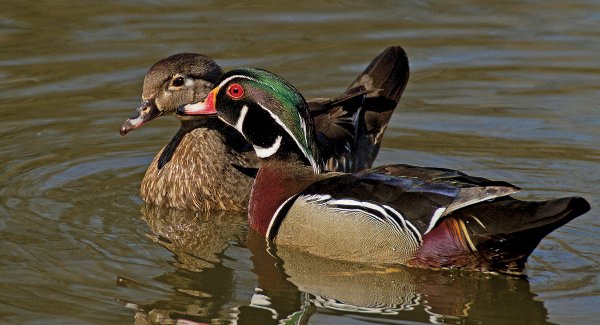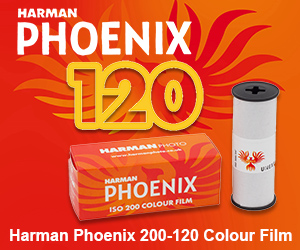
Tamron SP 70-300mm F/4-5.6 Di VC USD
I have had the Tamron SP 70-300mm F/4-5.6 Di VC lens sitting on my desk for a couple of weeks waiting for a test run in the field. Problem is that it has been raining, windy, cloudy and cold for almost the last two weeks where I live. Finally today spring seemed to arrive suddenly and it was a beautiful sunny and temperate day outdoors. So I grabbed the Tamron and headed out to a local pond in search of one of my favorite subjects, Wood Ducks. When I arrived at the pond I was elated to see that there were five or six couples out and about enjoying the early morning sun.
I reached into my bag and pulled out my Canon 7D and proceeded to attach the Tamron 70-300. The Canon 7D has a 1.6 crop factor sensor so I was effectively using the Tamron at 112mm-480mm in 35mm sensor terms. The lens attached smoothly and the turn and click was tight and solid.
One of the first things I noticed about this lens is the solid build quality as well as the sleek and quality look it has. I picked out my first subject, a colorful and vibrant male Wood Duck, and proceeded to track and focus on it as it swam towards me. This lens is the first Tamron lens to incorporate the Tamron USD technology. This stands for Ultra Sonic Drive and provides for fast and silent auto focusing. This new technology did not disappoint as the lens quickly and quietly locked on to the target time and time again. In addition to the USD system, Tamron also has equipped this lens with VC or Vibration Control. This is a welcome addition when shooting anywhere below 1/250th of a second as I was quite often early on this particular morning.
Another welcome bonus for me of this lens is the relatively light weight compared to my Canon 100-400mm. I felt as though I could hold onto this unit pretty easily for the better part of the morning with little or no arm fatigue. This tells me that this lens would be perfect for hiking and backpacking all day. It has an extremely useful focal length range that would cover a myriad of shooting possibilities.
As I continued to track and focus my little friends on this morning I gave the zoom ring a real brisk workout. I found the zoom ring to be very smooth and responsive with no creep at any focal length. It was very easy to operate and was just the right tension in my opinion. As I continued to zoom in and out I was constantly aware of how well the auto focus system was reacting and re-acquiring focus. The auto focus is speedy and spot on accurate. I would say that this system can rival the Canon USM and the Nikon’s Af-S technology.

Wood Duck shot with Tamron SP 70-300mm F/4-5.6 Di VC USD
Another very useful feature of this lens is the IF (internal focusing) mechanism. This means that the lens will not change length when auto focusing and the front element does not rotate, allowing for easy use of a filter such as a polarizer. The hits just keep on coming with this lens. After having a chance to view some of my images from the day that were shot at speeds as slow as 1/15th of a second, I was pleasantly surprised to see just how well the Vibration Control or VC works on this lens. My images were sharp, being hand held.
As the sun started rising I decided to attach a polarizing filter and found the threads very smooth and well machined. I decided to attach the very well built lens hood that comes with this lens. It attached quickly and easily and again I was impressed with the build quality of this product.
One of the lesser talked about but nevertheless important features of a lens is button placement. I found that Tamron has smartly placed the VC and AF/MF buttons for easy reach. In addition, the buttons have good tension so you don’t always keep changing the settings inadvertently.
So, after a couple of hours of shooting it was off to the computer to have a look at how the lens performed in regards to image quality. I have shot with just about every high end Canon and Nikon lens out there and I have to say that I was duly impressed with the quality and sharpness of the images that the Tamron produced. I noticed almost no chromatic aberration at f/5.6 and none at all at f/8. Unless you are an extreme pixel peeper this will not be an issue with this lens.
These images in my opinion compare very favorably with the Tamron professional 70-200mm f2.8 lens. I noticed no vignetting as I was using a 1.6 crop sensor. I suspect that it would be unnoticeable on a full frame sensor under most conditions.
…this may well be the best value bang for the buck lens that I have ever tested. This is quite simply a piece of lens art that Tamron has put out.
Let’s talk about value. For the price tag of around $500 this may well be the best value bang for the buck lens that I have ever tested. This is quite simply a piece of lens art that Tamron has put out. It is full of high quality useful features that all performed beyond my expectations. The lens is good for all kinds of photography including birds, nature, flowers, sports, car racing, landscape, portraiture, you name it, this lens can do it.
In closing, I would not hesitate to highly recommend this lens to anyone including some of you pros out there. It is a great lens to have in your bag. It won’t break the bank – it is very portable as well as very functional. I can’t really think of anything negative to say about this lens, it has certainly put a smile on my face this fine spring morning. Well done Tamron, well done.

Wood Ducks shot with Tamron SP 70-300mm F/4-5.6 Di VC USD
article by David Hemmings
| PHOTONews on Facebook | PHOTONews on Twitter |






